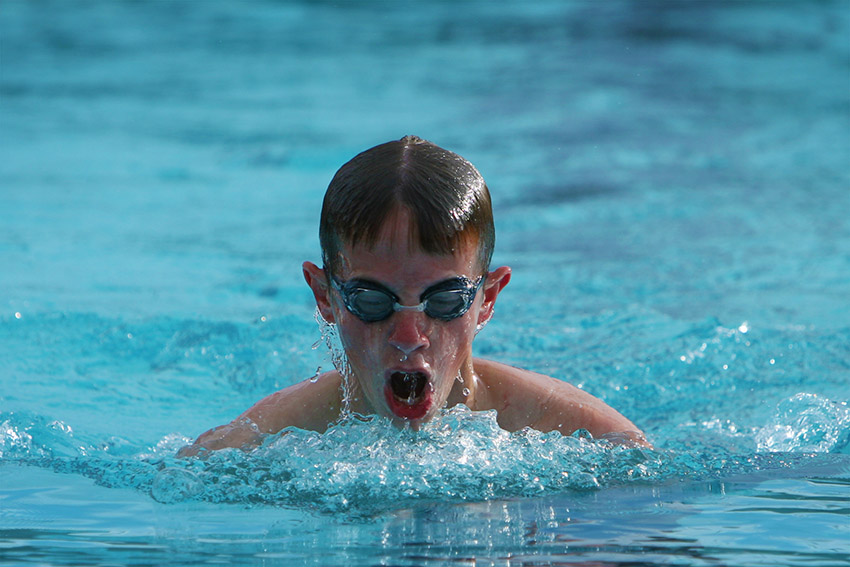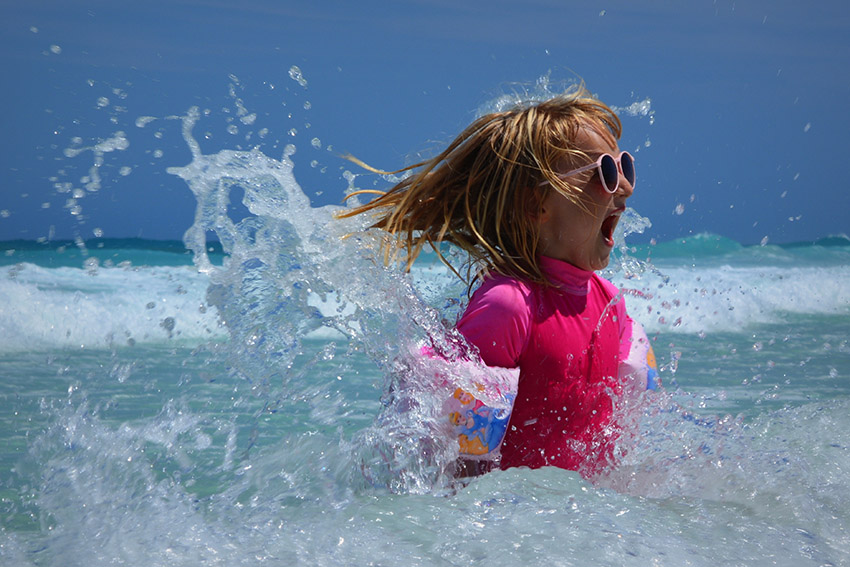Increase Your Water Safety with These 8 Drowning Myths
Are you water safe? Do you know what drowning looks like? Chances are it doesn’t look like what you think it does. With the hot summer season upon us, the water is calling. We love to spend time in the pool, the lake and at the beach. This makes water safety and knowing what drowning looks like critical to your family’s and especially your children’s safety.
8 Drowning Myths
Myth: Good swimmers don’t drown.
Reality: Anyone can drown. Even the best swimmers, can tire, drift too far out, get a cramp, suffer an injury, or get caught in a current.
Myth: Dry or secondary drowning is not a real thing.
Reality: While rare (and these terms are considered medically obsolete), breathing problems can develop after being in the water and you should seek medical help if they do.
Myth: People who are drowning scream and flail about.
Reality: A person who is drowning will rarely if ever scream for help. They will be using every bit of energy they possess to try and get air, if they are even able to get their face above water. Drowning is often a silent killer. Be aware of an expression of panic or concern on a swimmer’s face, or of swimmers who are not moving.
Myth: Electric shocks are often a cause of drowning.
Reality: Drowning deaths due to electric shock are rare. But be mindful of your surroundings and do not swim near docks that have AC power.
Myth: Children drown more often than adults.
Reality: Children are at higher risk, but in real numbers, more adults drown each year in the United States, according to the CDC. However, drowning remains the second highest cause of unintentional injury death among children under 14 (car accidents are number one). Small children are most likely to drown in home swimming pools, while more than half of drownings of older teens and adults occur in natural water settings (lakes, rivers, oceans).
Myth: Drowning is always fatal.
Reality: Not everyone dies. However, oxygen deprivation due to prolonged time underwater can lead to serious brain injuries and permanent impairments.
Myth: Women drown more often than men.
Reality: Nearly 80% of drowning deaths are male, according to the CDC.
Myth: “Floaties” will keep young children safe in the water.
Reality: Pool toys, including floaties, are not life-saving devices. While a Coast Guard-approved life jacket is the best water safety device for any swimmer, none of these things should never be used in place of direct adult supervision.
Learning to Swim is Essential for Water Safety
Everyone should learn to swim, and ideally these lessons should begin in young childhood. Water safety education includes learning the following skills:
- Understanding the rules of water safety
- Knowing how to wear a life jacket the right way
- Knowing how to enter and exit water safely
- Floating
- Treading water
- Being able to swim on your front and back, turn and roll over
- Being able to swim or float with clothes on
- Knowing how to recover if you fall into the water
- Being confident (and not panicking) under water
- Knowing how to look for and avoid risks and hazards
Water Safety Guidelines
Before you make your first summer outing to the water, review these safety guidelines with your children—of all ages.
Learn to swim. Teach your children to swim through professional water-safety instruction.
Know what to do in an emergency. Learn CPR. Learn how to rescue a swimmer in distress without endangering yourself. Always have emergency rescue equipment on hand.
Do not swim alone. Even at public pools and beaches staffed by lifeguards, use the buddy system.
When swimming in a lake, river or ocean, follow the posted rules and pay attention to the safety flags and warnings.
If a child goes missing near water, always check the water first.
When boating, make sure all passengers, including adults, have and properly wear U.S. Coast Guard-approved life jackets. An accidental fall, especially into cold water, can create a shock that increases drowning risks.
Don’t drink alcohol while engaging in water activities or while supervising children around water.
Ensure that proper safety barriers are in place and used at backyard swimming pools.
Never leave pool toys in around the pool when not in use. Pool toys are often enticing to young children and may lead to an accidental fall into the pool.
Remember that drowning can occur in just a few inches of water. Be aware of large buckets, ponds, hot tubs and bathtubs.
And finally, read this comprehensive and informative article from Mom Loves Best on swimming safety for kids.











